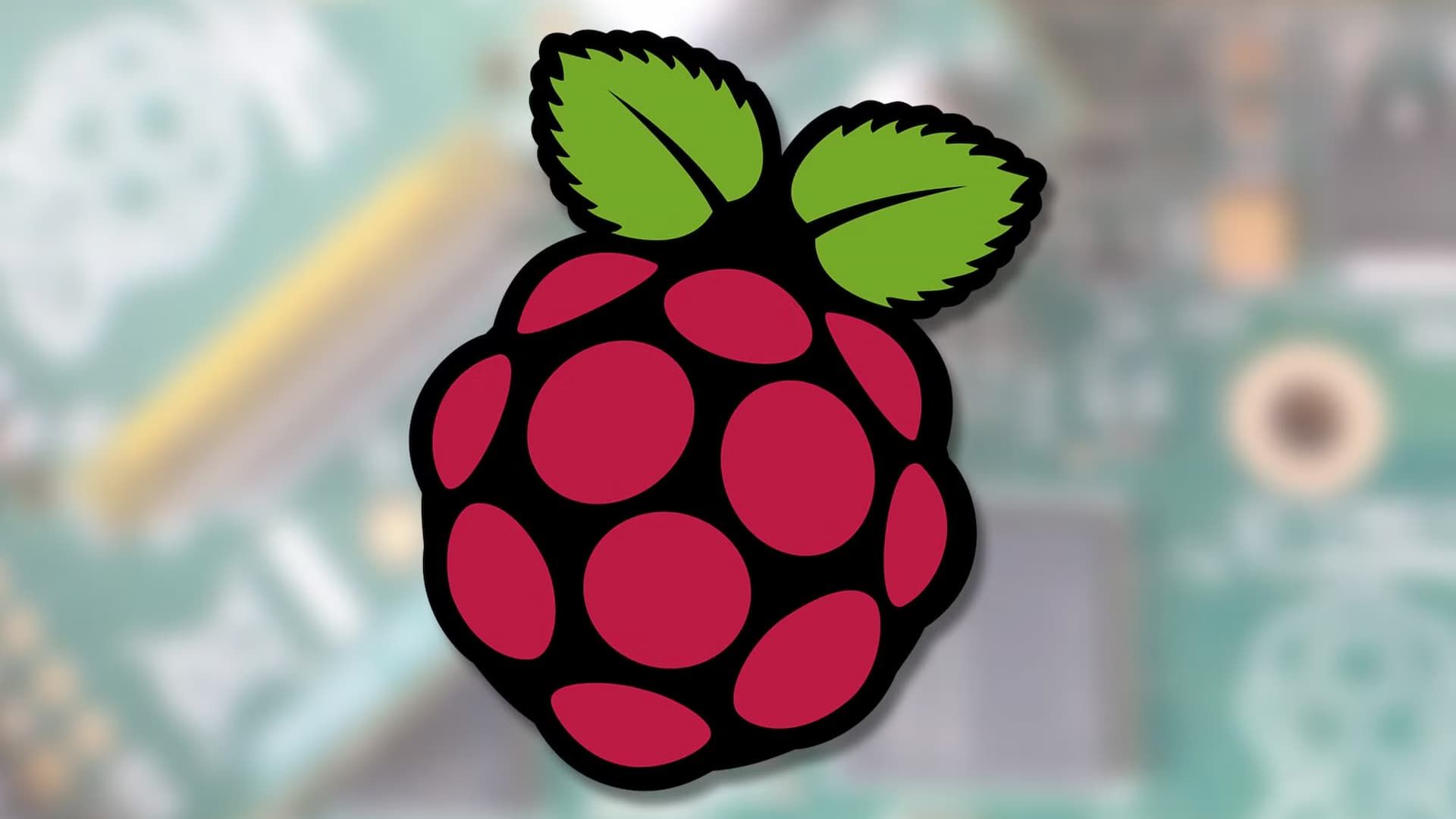
Raspberry Pi has announced price increases of $5 to $10 on some of its 4GB and 8GB devices, including popular Compute Modules and the Raspberry Pi 500 unit. The primary culprit is the unprecedented global demand for memory, which shot up the demand roughly 120% compared to a year ago.
This is definitely a bummer, but when you look at the reason, it’s pretty understandable. The insatiable demand for High-Bandwidth Memory for AI applications is competing for the same factory space that makes the commodity LPDDR memory Raspberry Pi uses. So, another reason to be angry with AI.
The company explained that it tried to hold prices flat this year by using its substantial stockpiles of memory. Unfortunately, it finally reached the point where some of the cost has to be passed to us. It’s a tough pill to swallow for a company that prides itself on low, stable prices.
To be fair, Raspberry Pi is hoping these price adjustments are just temporary and can be reversed once memory costs eventually return to their long-term downward trend. Also, if the cost is getting higher, it’s only natural that the consumer pays more, so this isn’t about greed but a regular cost of doing business.
The good news is that this price change doesn’t hit all products, but it primarily affects the higher-density memory models. This is where the increase in component cost is most pronounced. The 1GB and 2GB products are not affected, so if you’re a tinkerer who can get by with less memory, you’re in the clear.
Beyond the memory-driven changes, a couple of older, classic products are also seeing price adjustments based on their underlying non-memory cost structure. Here’s a quick rundown of what’s changing, effective immediately:
If you’re looking at the Compute Module 4, you might remember it got a price cut earlier this year. This increase reverses that change. On the other hand, the Raspberry Pi 500 kit price is staying put at $120, but that’s only because the company is accepting a heavily reduced margin on it to keep the price steady for consumers.
It’s important to remember that for commercial customers who use these higher-density modules in deeper products, this will have a bigger financial impact. But for hobbyists and those who may not buy as much, this isn’t really that big of a price increase overall. It’s a few dollars to a $10 bill change. The good news is that most of the main boards, like the Raspberry Pi 4 and Raspberry Pi 5, aren’t affected at all.
It’s never fun to see price hikes, especially from a company whose mission is accessibility. However, this can really be blamed on the AI boom, which needs a lot of memory to keep giving users what they want. Hopefully, memory prices will stabilize soon, and we can look forward to that promised reversal.
Source: Raspberry Pi








